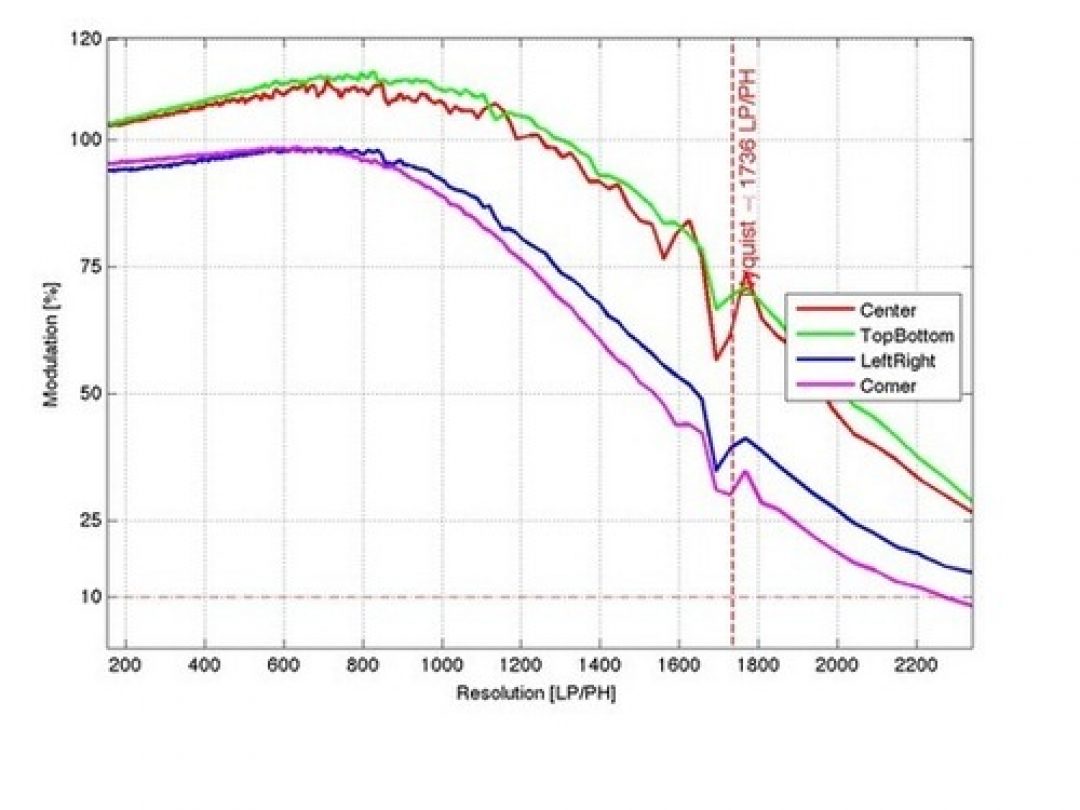
Leica M: comparison with Monochrom | Erwin Puts
The Leica M is the most flexible, adaptable and user-friendly of the range of sensor-equipped M-bodies since the launch of the M8 in 2006. The major new introductions since that moment have been the M9 in 2009, the M Monochrom in 2012 and the M at Photokina 2012. Technically the changes are the switch to a 24 x36 mm sized CCD sensor in the M9, The omission of the Bayer RGB pattern in the M Monochrom and the change to a CMOS sensor with increased number of pixels (from 18 Mp to 24 Mp). Basically the same chassis has been used, but the shape of the top cover has seen a number of design variations, an indication that Leica has been wrestling with the right shape for the camera. Under the bonnet the construction has been totally redesigned for a more economical production process and for the incorporation of Live View features. One might say that the construction and design of the M8 and M9 were derived from the manufacturing techniques, pioneered for the MP and M7 bodies, and were in a sense backward-looking. The M is a forward-looking design that could become the platform for a range of cameras to be made in the new factory of Leica in Wetzlar, to be opened late in 2013. The important question to be answered is the performance issue. A more modern design and up-to-date features do not necessarily companions to more image quality. It makes sense to do a comparison analysis between M and M Monochrom to see which technology offers the best image quality. Image quality is a very elusive concept and treated very differently by different analysis programs, companies and individuals ……..
See on www.imx.nl
Ganbatte Kudasai!" | HamburgCamNext article I WILL NOT BUY THAT CAMERA. I PROMISE... | Mark Dubovoy
